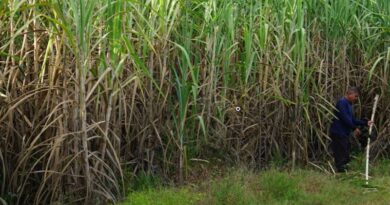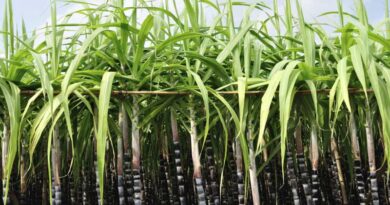Stringent export cap for new sugar season raises risk quotient
22 June 2022, New Delhi: India’s sugar estimates are rising as the crushing season enters its final stages but then comes news that the government is considering a more stringent cap on sugar exports in the new season. What gives?
Around a fortnight ago, the Indian Sugar Mills Association revised its output estimate to 36 million tonnes, up from its estimate of 35 million tonnes made in April 2022 and much higher compared to the previous year’s output of 31 million tonnes. Thus, there is ample cushion on the closing stocks’ front, as the government has capped sugar exports at 10 million tonnes in the current season (ends September).
While it was expected that the government would cap exports in the new season as well (starts October), a Reuters news report is pegging the cap at 6-7 million tonnes, 3-4 million tonnes lower than last year’s level. That’s a blow to sugar mills as they will begin the season with more stocks than anticipated earlier due to higher output in the current season but won’t be able to export more to maintain a balanced supply for the domestic market.
ISMA said the main reason for its latest revision is because a special crushing season is going on in Karnataka and Tamil Nadu. While the final output figure should not change much from these levels since only 29 sugar mills are still crushing, but these are mainly located in Maharashtra, a major sugar producing state. One needs to watch if there are any further upward revisions.
The government’s main concern is to ensure adequate availability of sugar for domestic consumption and at reasonable prices. We had written about the risk posed by export caps to the sector. Otherwise, a lower export cap in the new season does not make sense. The new season’s opening stocks should last for three months according to ISMA. Meanwhile, the weather bureau has forecast a normal monsoon and that normally translates to a good sugarcane crop as well. But the government does not want to take any chances. Just as output unexpectedly goes higher, it can decline due to events such as adverse weather and pest infestation. Once exports are contracted it becomes difficult to cancel and if sugar has already left the country, then the situation turns even more difficult. A lower export cap sets the industry’s expectation at the beginning itself and sends a price signal to domestic markets as well. An intention to ensure adequate domestic sugar availability will keep prices down.
That will also reflect in the signals that the RBI is reading to assess the government’s support in bringing down general price levels.
But this puts sugar mills in a difficult position as any gains they may have anticipated on the back of exports may not accrue to them. Higher domestic supply will also depress prices, bad news for their margins. One question is whether the state-controlled procurement price will remain at the same level or increase, for this could be a bigger risk for margins.
Therefore, their ethanol business is what will continue to do the heavy lifting in comparison to the sugar division. But the government’s stance could change once the monsoon season advances and it becomes clear whether sugarcane areas have received good rainfall. Once crushing advances, the government could take stock of the market situation and relax the caps on sugar exports. That could bring relief to sugar mills. But as of now, the policy uncertainty for sugar mills has only stepped up. Investors will be hoping that the weather does not play truant this year.
Also Read: Solis Yanmar to Launch 3 New Models















